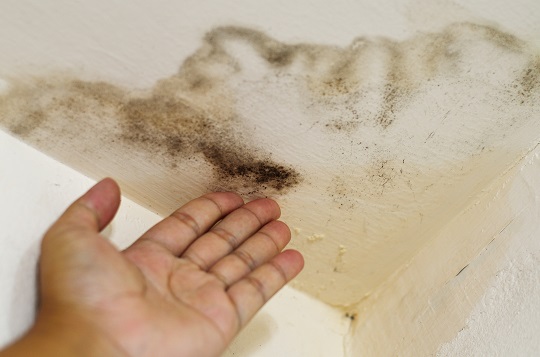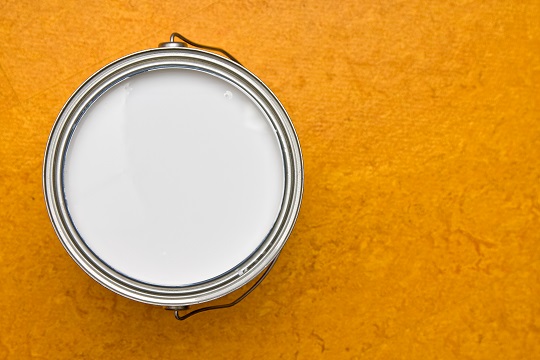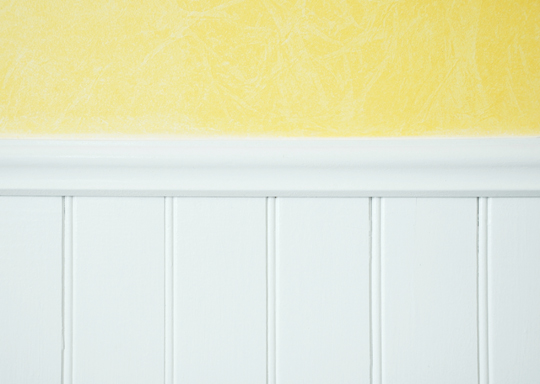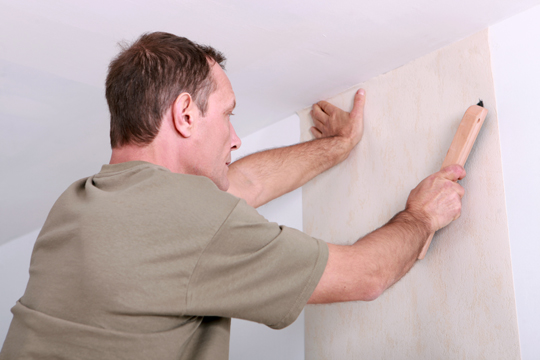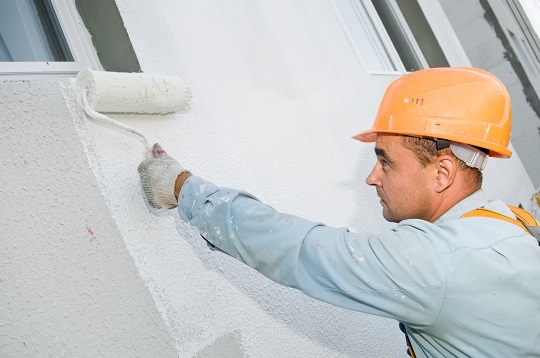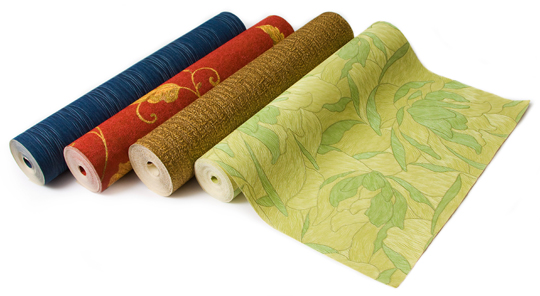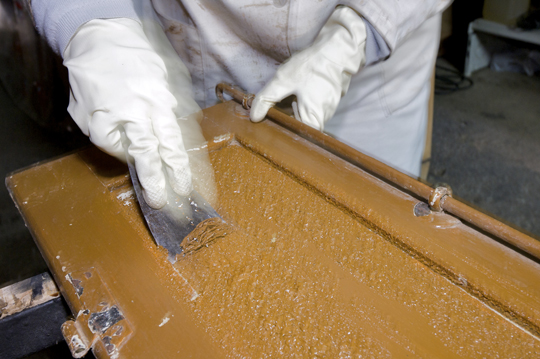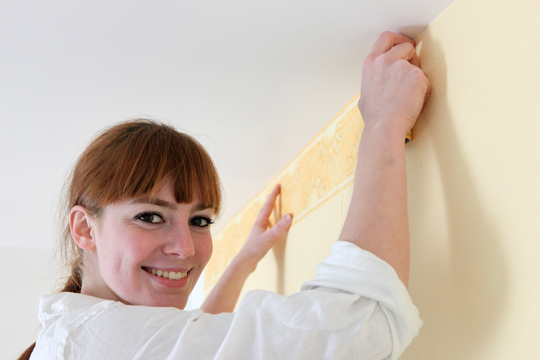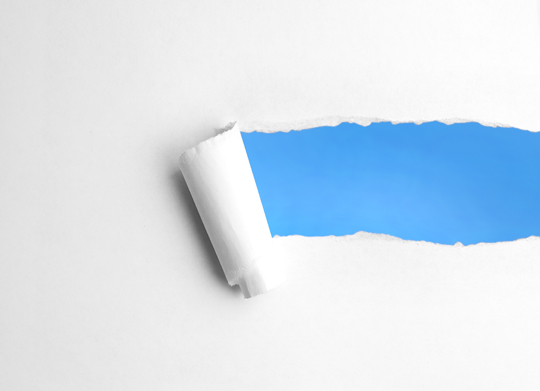Normally, repainting your ceiling isn’t a big deal. However, if it has suffered from previous water damage, then a relatively simple paint job can become tedious in a hurry. Unless you take the correct steps, that big, ugly stain on your ceiling will just keep showing up, even if you paint over it a dozen times. Fortunately, you don’t need to replace your entire ceiling to keep that from happening. Here’s how to paint water damaged ceilings.
How To Paint Water Damaged Ceilings
1. Before starting, move any furniture out of the way to avoid soiling it. If an object is too large or heavy to move, cover it with a drop cloth or an old sheet.
2. Inspect the ceiling. If the leak was serious, the drywall may be coming loose from the joists. Test the area by gently pushing up on the stain. If it’s loose, use drywall screws to fasten the panel back onto the joist.
2. Water damage can also cause cracks and deviations in texture. In this case, fill in gaps with a high-quality spackle, and allow it to dry for the amount of time recommended on the package. Afterward, sand the area smooth. If you notice mold on the stain, apply a solution of bleach and let it dry.
3. Now you can get down to business. Because even a stain-resistant paint won’t keep water stains from peeking through, you’ll need to buy a oil-based, quick-drying primer, a product that is usually sold in an aerosol can. The oil in the primer seals the stain into the existing paint layer, allowing it to be painted over flawlessly.
4. Apply a water-proof paint that has been color-matched to the existing layer in smooth strokes. As you approach the outer borders of the stain, start using a dabbing motion. This produces a feathered effect that helps the new pain blend into the old. Two coats should be applied.
Need More Help?
While painting over water stains, many homeowners realize the true extent of the water damage. Because this often complicates things, it’s helpful to get an experienced painter to do the work for you. Fortunately, TalkLocal makes it easy to find one in your area. We’ll connect you with the right professionals in just minutes.

